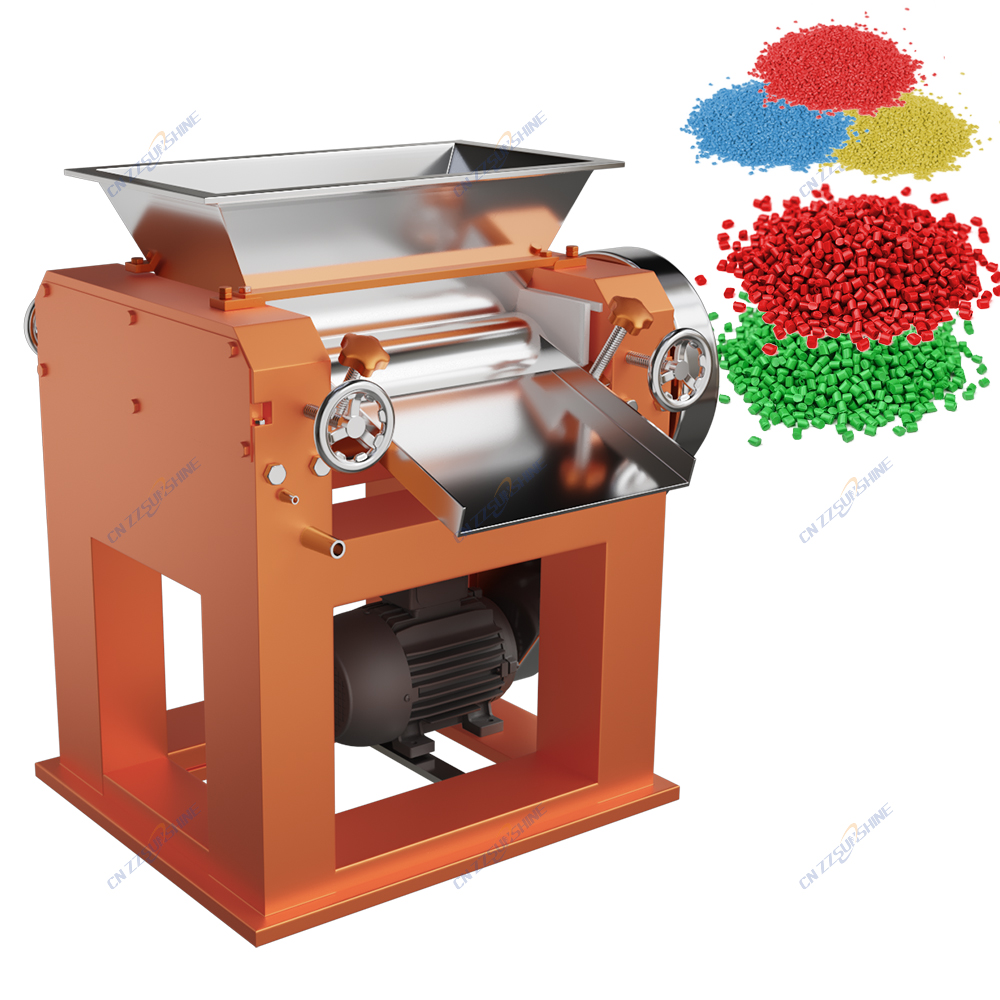Any serious laundry bar soap production line or toilet soap finishing line hinges on one core piece of equipment: the soap plodder machine. This isn’t just another step; it’s where the quality, density, and consistency of your final bar are fundamentally determined. Understanding its function and selecting the right plodder, particularly a vacuum plodder, is paramount for manufacturers aiming for efficiency and premium product output.
After initial mixing and refining (often involving a three roller mill for cosmetics-grade soaps or a dedicated soap mixer for detergent bars), the soap mixture arrives at the plodder as a crumbly mass. The plodder’s primary function is extrusion. Using a powerful auger system within a tapered, heated barrel, it compresses this mass, driving out trapped air – a critical step often significantly enhanced by integrated vacuum systems. This vacuum de-aeration is crucial. It prevents unsightly bubbles and voids within the final bar, directly impacting its structural integrity, sink rate during use, and overall visual appeal. The result is a dense, continuous, homogenous soap log, essential for both laundry bar soap production lines and high-end bath soap making machines.
The choice between a vacuum plodder and a non-vacuum model significantly influences final bar quality. For manufacturers targeting the premium segment, especially in toilet soap finishing lines or beauty soap making lines, the vacuum plodder machine is non-negotiable. It delivers the high-density extrusion necessary for a smooth finish and optimal user experience. Operators must carefully manage parameters like barrel temperature, auger speed, and vacuum pressure. Incorrect settings can lead to issues like over-heating (causing soap smearing), insufficient compression (resulting in soft bars), or poor de-aeration. Consistent monitoring ensures the extruded log maintains perfect homogeneity and density ready for the next stages.
This dense, continuous log then moves efficiently downstream. It’s typically fed directly into an automatic soap cutter machine, often an electric washing soap cutter for precise, high-volume log division into individual blank bars. Following cutting, the blanks proceed to stamping and finishing. The performance of the soap plodder machine directly dictates the efficiency of these downstream processes and the quality achievable by the entire automatic soap production line. Investing in a robust, well-maintained vacuum plodder isn’t just about one machine; it’s about guaranteeing the entire laundry soap making line or bath soap making machine operates at peak performance, delivering bars that meet exacting standards for density, appearance, and user satisfaction. Don’t compromise extrusion quality – it’s the foundation of superior bar soap.




